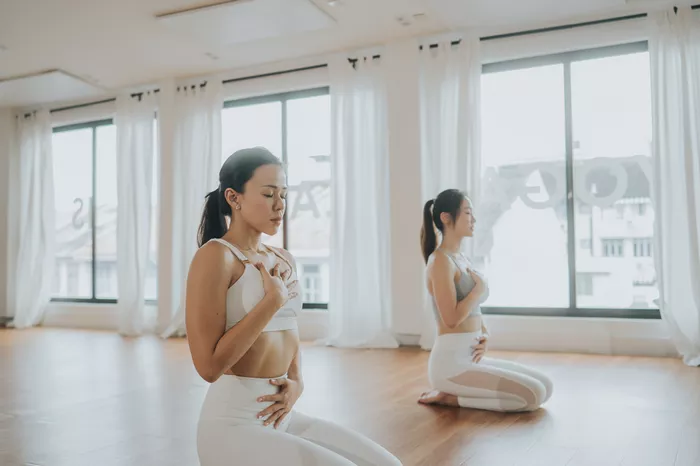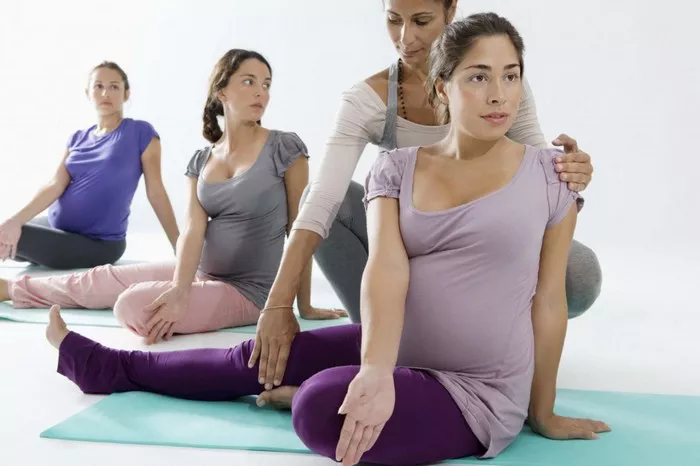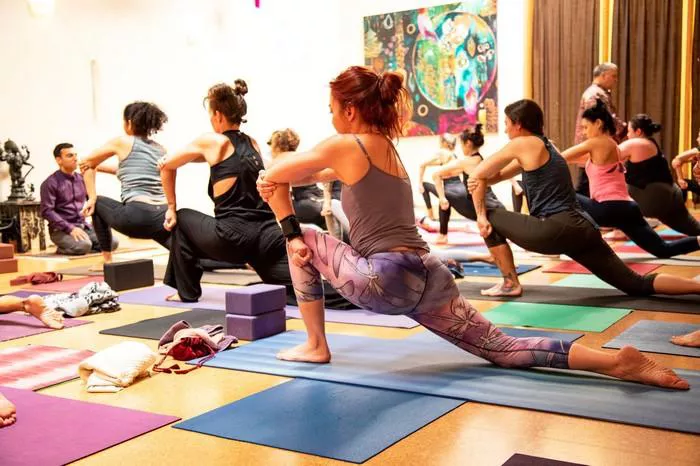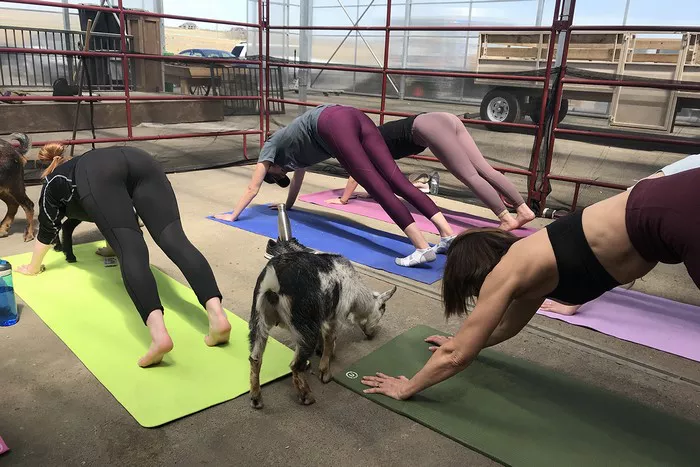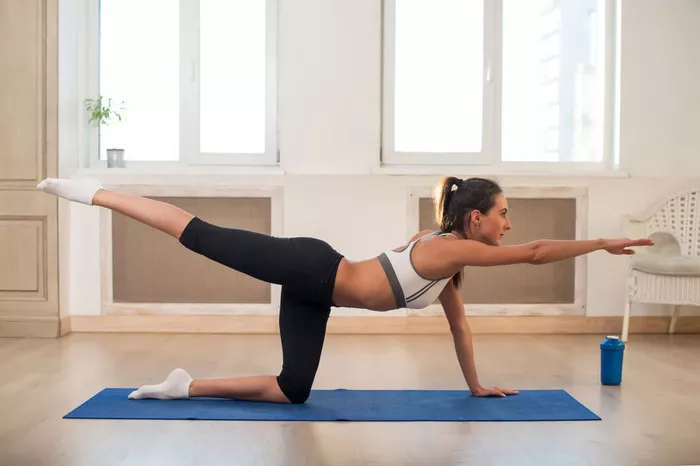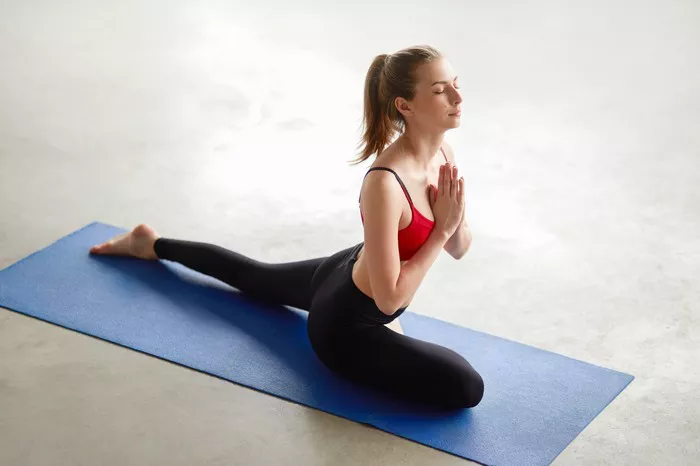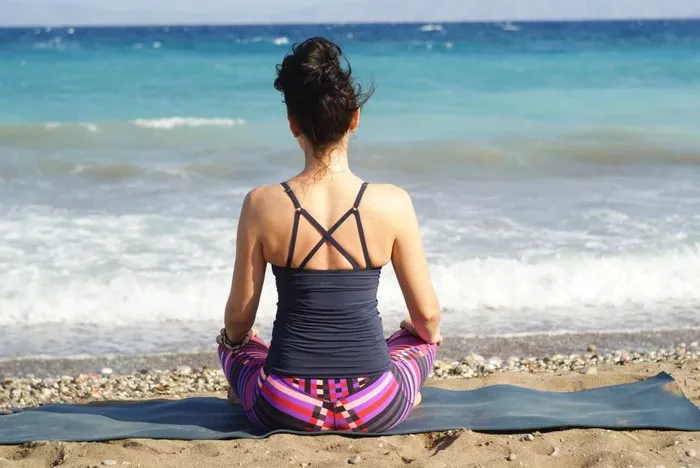The Dolphin Pose, known in Sanskrit as Ardha Pincha Mayurasana, is a fundamental pose in yoga that offers numerous benefits. It is often used as a precursor to more advanced poses like Downward-Facing Dog or even forearm stand variations. However, for many practitioners, Dolphin Pose can feel surprisingly challenging, and some may wonder why it seems so hard. If you’ve found yourself struggling with this pose, rest assured that you are not alone. The difficulty of Dolphin Pose arises from a combination of factors, including flexibility, strength, body awareness, and alignment.
In this article, we will explore the key reasons why Dolphin Pose might feel difficult for you, and we’ll discuss how to approach it with patience and mindfulness to eventually build the strength and flexibility needed to enjoy the full benefits of this powerful yoga posture.
1. Understanding Dolphin Pose
Before diving into the reasons for difficulty, let’s first understand what Dolphin Pose entails.
Dolphin Pose is typically practiced from a tabletop position. You begin by bringing your forearms onto the mat, with your elbows directly beneath your shoulders and your hands clasped together or palms facing down. From here, you lift your hips up toward the ceiling, aiming to form an inverted “V” shape with your body, similar to the Downward-Facing Dog. The key difference is that your weight is supported on your forearms rather than your hands.
At its core, Dolphin Pose is an inversion, as your head is directed downward. It works your shoulders, arms, core, and legs while providing a stretch for the hamstrings and the back. This pose can be modified to suit practitioners of various levels, but even in its simplest form, it requires a balance of strength, flexibility, and endurance.
2. Lack of Core Strength
One of the most common reasons Dolphin Pose feels hard is a lack of core strength. To lift your hips up and support the weight of your body in this inversion, you need to engage your core muscles effectively. Without this activation, your body may sag in the middle, and you may feel like you lack control over your movement.
The core muscles—comprising the abdominals, obliques, and lower back muscles—are crucial for maintaining stability and alignment in many yoga poses, especially inversions like Dolphin Pose. When the core is weak, it becomes difficult to keep your hips elevated and your body properly aligned.
Solution: Build Core Strength To improve your Dolphin Pose, focus on exercises that strengthen your core. Planks, side planks, boat pose, and leg lifts are all excellent ways to activate the core muscles. Practicing these poses regularly can help you build the necessary strength to maintain Dolphin Pose with more ease and control. Additionally, when you practice Dolphin Pose, consciously engage your core by drawing your navel inward toward your spine and keeping your rib cage from flaring outward.
3. Limited Shoulder and Upper Back Mobility
Another significant factor that contributes to the difficulty of Dolphin Pose is limited shoulder and upper back mobility. Dolphin Pose requires the shoulders to be in a flexed position, with your arms reaching out in front of you while supporting your body weight. This can be difficult if you have tight shoulders, upper back muscles, or if your shoulder blades are not properly engaged.
If your shoulders and upper back are tight or stiff, you may experience discomfort when attempting to lift your hips in the pose, or you may struggle to keep your shoulders away from your ears. Additionally, a lack of proper shoulder blade engagement can lead to misalignment, making the pose harder to hold.
Solution: Improve Shoulder Mobility To improve your Dolphin Pose, focus on exercises that target shoulder mobility. Shoulder openers, such as thread-the-needle, puppy pose, and chest stretches, can help release tension and improve flexibility in the shoulder joints. In addition, practice engaging the muscles of the upper back by drawing the shoulder blades toward each other (this is known as scapular retraction). This engagement will help distribute your weight evenly across your forearms and reduce strain on your shoulders.
4. Tight Hamstrings and Lower Back
Tight hamstrings and lower back muscles are another common reason Dolphin Pose can feel challenging. This posture requires flexibility in both the hamstrings and the lower back, as you need to stretch both areas to create the “V” shape. If your hamstrings are tight, you may find it difficult to straighten your legs, and if your lower back is stiff, you might have trouble keeping your hips high enough to achieve a proper alignment.
It’s worth noting that flexibility varies greatly from person to person, and some people naturally have tighter hamstrings or lower backs due to factors such as genetics or lifestyle. However, even if you are naturally tight in these areas, there are ways to gradually increase your flexibility over time.
Solution: Stretch the Hamstrings and Lower Back To improve your Dolphin Pose, you’ll want to focus on stretches that target your hamstrings and lower back. Hamstring stretches, such as forward bends, standing hamstring stretches, and seated stretches, will help lengthen the muscles in the backs of your thighs. Additionally, yoga poses like child’s pose, cat-cow, and forward folds can help release tension in the lower back. Over time, consistent stretching can increase flexibility, making it easier to achieve the required lengthening of the body in Dolphin Pose.
5. Inability to Find Proper Alignment
Alignment is one of the most critical aspects of yoga practice, and it can be especially challenging in Dolphin Pose. Without proper alignment, you may feel strain in your shoulders, neck, or lower back. A common mistake is allowing the shoulders to collapse inward or letting the head drop too far down toward the floor. This misalignment can cause discomfort and make the pose feel more difficult than it should.
For example, if your elbows are too far apart or too close together, your body may lack the support it needs to stay stable. Similarly, if your hips are not lifted high enough, your spine may not be in the ideal position, and you may struggle to maintain the pose.
Solution: Focus on Proper Alignment To ensure proper alignment in Dolphin Pose, start by aligning your elbows directly beneath your shoulders, making sure that your forearms are parallel to each other. Your hips should be lifted high, with your legs straight, and your heels reaching toward the floor. Keep your head between your arms, gazing toward your thighs rather than letting your head drop toward the floor. By paying close attention to your body’s alignment, you’ll be able to stay engaged and supported in the pose.
6. Fear or Mental Resistance
Sometimes, the difficulty with Dolphin Pose may stem from mental resistance or fear. This is especially true if you are new to inversions or if you feel uncertain about balancing your body weight on your forearms. The fear of falling, or the discomfort of being in an unfamiliar position, can create mental barriers that make the pose seem even harder.
Fear can be a natural response to trying something new, but it’s important to approach the pose with patience and awareness. Yoga is about finding balance and cultivating a sense of ease in your body, so be kind to yourself if you don’t achieve the pose right away.
Solution: Overcome Mental Resistance To overcome mental resistance, practice Dolphin Pose with a calm and grounded mindset. Start by holding the pose for just a few seconds and gradually work your way up to longer holds as you become more comfortable. Focus on your breath, keeping it steady and calm. Remind yourself that yoga is about progress, not perfection, and that it’s okay to take your time with the pose.
7. Insufficient Warm-Up
A final reason why Dolphin Pose may be challenging is an insufficient warm-up. The body needs time to prepare for more intense postures, especially those that involve stretching, balancing, and strength-building. If you jump into Dolphin Pose without adequately warming up your muscles and joints, you may feel tightness or discomfort, making the pose more difficult to perform.
Solution: Warm Up Properly Before attempting Dolphin Pose, make sure to warm up your body with gentle movements that activate the key muscle groups. Start with cat-cow stretches to warm up the spine, followed by shoulder rolls, arm circles, and stretches for the hamstrings and lower back. A proper warm-up will allow your body to move more freely and will help prevent injury during the pose.
Conclusion
Dolphin Pose can be a challenging yet deeply rewarding posture to practice. If you find it difficult, don’t be discouraged. The difficulty often arises from a combination of factors, such as core strength, shoulder mobility, hamstring flexibility, alignment issues, mental resistance, and lack of a proper warm-up. With patience and consistent practice, you can gradually overcome these challenges and experience the many benefits of Dolphin Pose, including improved flexibility, strength, and body awareness.
Remember, yoga is a journey, and each time you step onto your mat, you are making progress. Celebrate the small victories along the way, and enjoy the process of deepening your practice. The more you practice Dolphin Pose, the easier it will become, and you’ll find that your body and mind are more capable than you might have imagined.
Related topics

